One of the questions I get all the time, from my clients and in my Facebook group, is how to calculate your Pinterest ROI. I knew I would need to do some research to answer this question, since data and analytics are not my strong suit.
Meet Layne, SPM’s Data Analyst
In order to get the information we needed, I hired Layne Booth, who is now our data analyst here at Simple Pin. Layne helps successful female entrepreneurs capture and analyze vital business metrics so that they can make data-driven decisions to help increase their profits. She is a self-proclaimed “data-wrangler” and uses that data to help us make decisions that yield more profit for our business.
Before Layne started working for me, all she knew about Pinterest was that it existed. It was super fun educating her on what was important about Pinterest and then having her educate me on using the data I had already been pulling to make good business decisions.
If you’re interested in digging a little deeper into your KPI’s, go listen to episode 87, which is all about Pinterest KPIs. KPI’s, or key performance indicators, are a great way to figure out where your income is coming from. Be sure to grab the free download we provide in that episode to help calculate your KPI’s.
Our goal at Simple Pin is to drive traffic to your site. You can then convert that traffic any way you want.
Pinterest ROI
What is ROI?
ROI is “return on investment.” (For example, if you spend $10 and make $100, you had a $90 return on your $10 investment). Layne jokes that:
It’s only important to look into ROI if you want to be a business that is making money!
You want to position yourself in a way that generates profit for your business.
Knowing your ROI allows you to see where you need to spend more or less time in your business. You can look at what you’re getting back on your investment in your business and see if it’s what you want it to be.
I fly quite a lot and several of my most recent trips have been all the way to the east coast (I live in Portland). I get really tired in the small space and can’t focus on work, so I was challenged to start paying for first class, where I would have more room to rest and work.
I didn’t fly first clsas during my last flight, which was five hours long. I ended up getting stuck by the window… next to a dog (which had awful breath). If I had invested that $125 to get into first class,
I would have been able to get at least three hours of work done and would have actually made more money than the first class fee. The ROI at that moment would have been so much greater if I would have chosen to fly first class.
One of the key things we want you to take away from this episode is this: don’t just invest in whatever is the latest craze or whatever everyone else is finding huge success in. If you want to chase something down that someone else is doing, ask them to share some numbers with you. That way you will know if it’s actually worth it for you to spend the time and money on it.
ROI and Pinterest
When Layne first started working for me, we found that the value Simple Pin management service brings to our clients is really driving traffic from Pinterest. We wanted to see how many sessions on the client’s site were Pinterest-led. If it was 1,000 sessions, what value was driven back to the client?
This looks different for every client. Just because you have someone land on your page, doesn’t mean it’s always worth $50 or even 50 cents. It all depends on what you’re offering on your page.
What we wanted to know from our clients was how many sessions they had and how much revenue they generated from their website. We looked at ads, sponsored work, affiliate income, and any products sold on their website.
For every Pinterest-led session, the value was calculated at $.02. Since we had that average and wanted to drive more traffic through Pinterest, we just needed to figure out session count per month or year for each client and multiply that by .02.
Trends
We take these reports very seriously here. We use them every month to assess client growth and progress. We aren’t just looking at the clients who had huge growth though. I take an interest in the clients who aren’t seeing growth and I challenge my account specialists to look closely at those accounts and try to come up with ways to increase their client’s ROI.
Another thing that Layne looks for and finds helpful are trends. She’s always looking at where we were last month and where we are this month. She wants to know if we’re going in the right direction. We divide SPM into three categories for analytics: food, non-food and e-commerce, and looking at those separate categories helps Layne find trends.
Take It Slow
One thing you really need to keep in mind about ROI is that it’s important not to rush it. A lot of business owners are go-getters and want to do the best thing possible for their business but not everything needs an immediate positive ROI. Sometimes it will take a while to build up that ROI. Take it one little piece at a time so that you aren’t spreading yourself thin.
Not every task in your business will have a money-related ROI. Some tasks will just serve as a tool to help you continue to grow as a business owner.
If you have clients, it’s important to calculate their ROI for the service you provide. You want them to see that the money they invest in you is worth the return they’re getting. It’s a long haul game but it’s vital to demonstrate that their business is growing and expanding, based on the services you are providing.
Don’t Land in ROI Burn-Out
Start small and pick one area to calculate ROI. Don’t dive in too deep and end up in ROI burn-out. Whether you’re running Promoted Pins and want to look at the return there, or you’re hiring someone and want to look at the return on your time saved, just pick one area to start zeroing in on ROI.
Need a little hand-holding with your ROI efforts? Check out Layne’s services at The Project Booth.
Time Stamp:
1:28 – Meet Layne, SPM’s Data Analyst
8:39 – What is ROI?
18:05 – ROI and Pinterest
23:45 – Looking For Trends
26:30 – Take It Slow
32:04 – Don’t Land in ROI Burn-Out
FREE Download - Getting Started with KPIs Guide

Learn how to track Key Performance Indicators to measure your business success. Download our FREE printable Getting Started with KPIs Guide
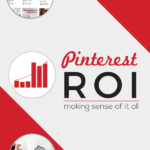
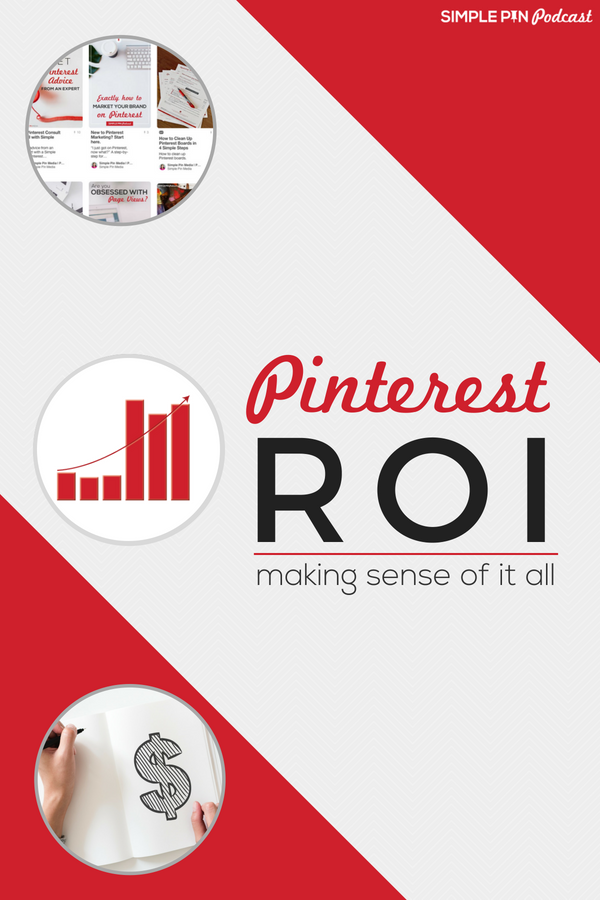
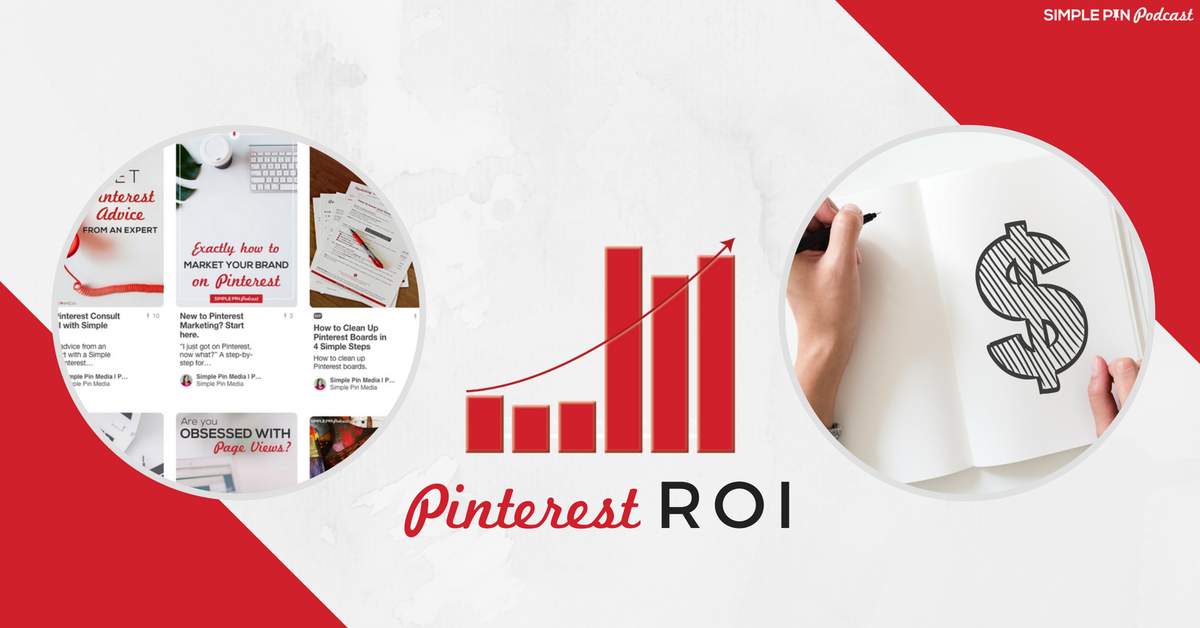


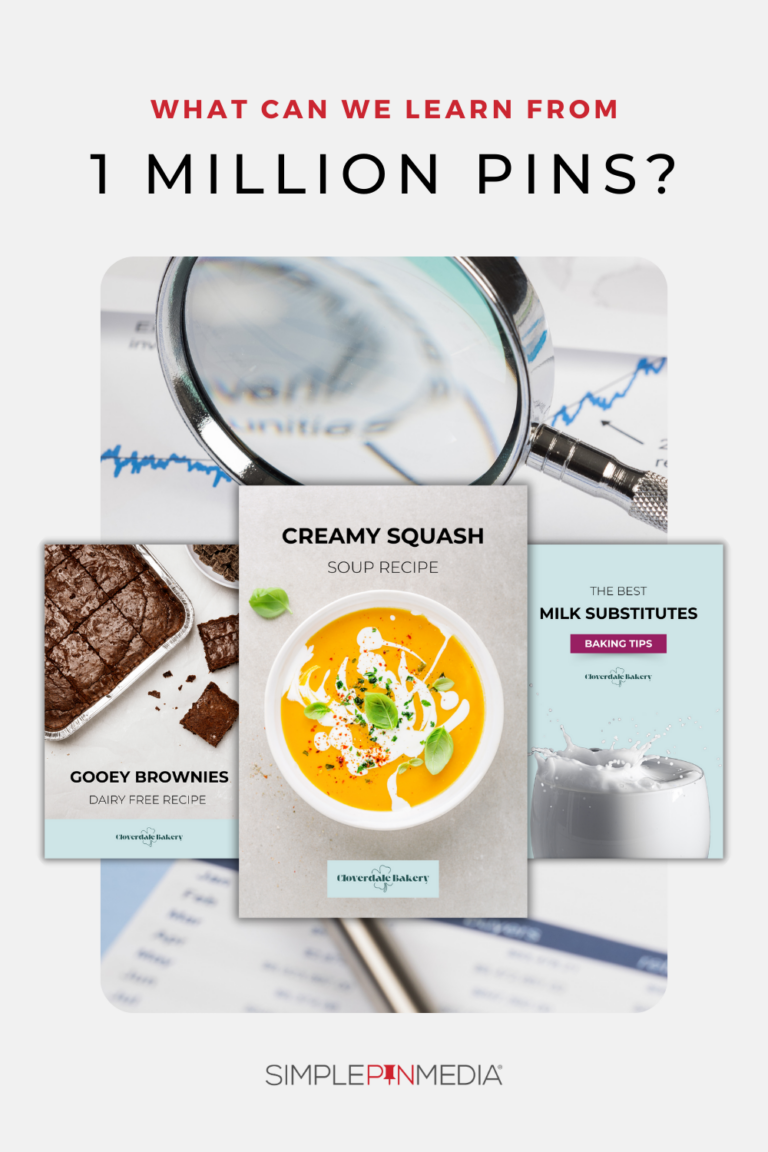
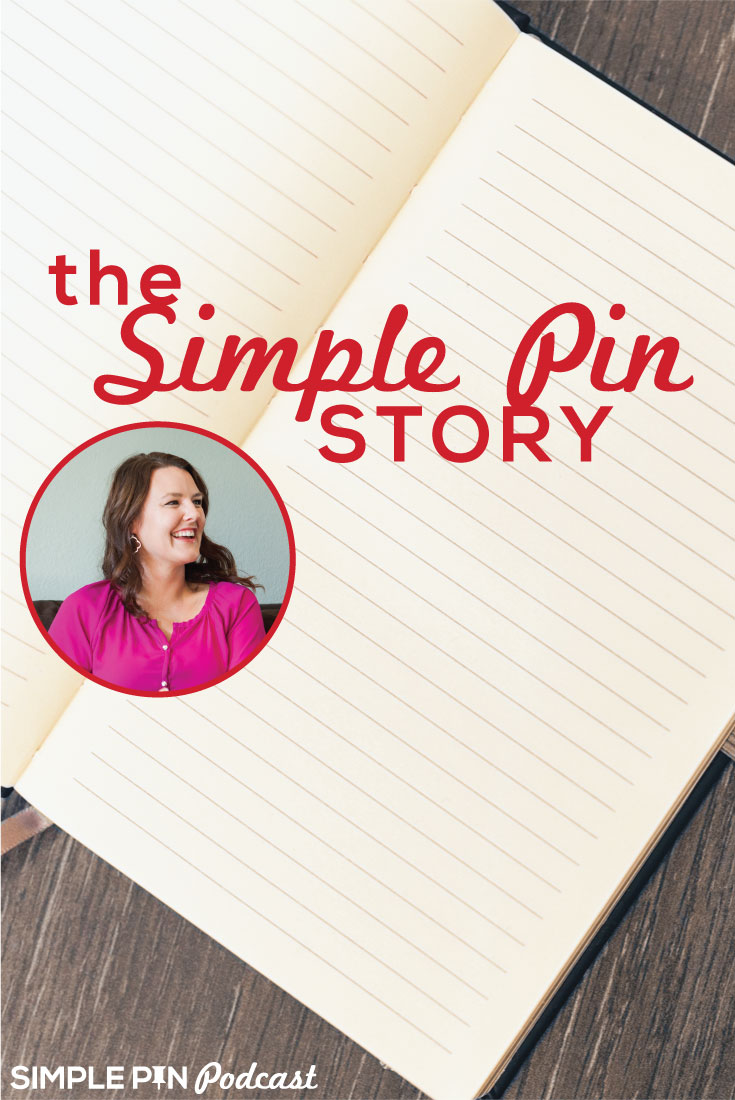



13 Comments